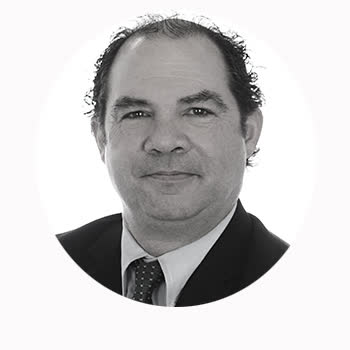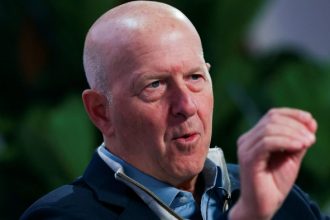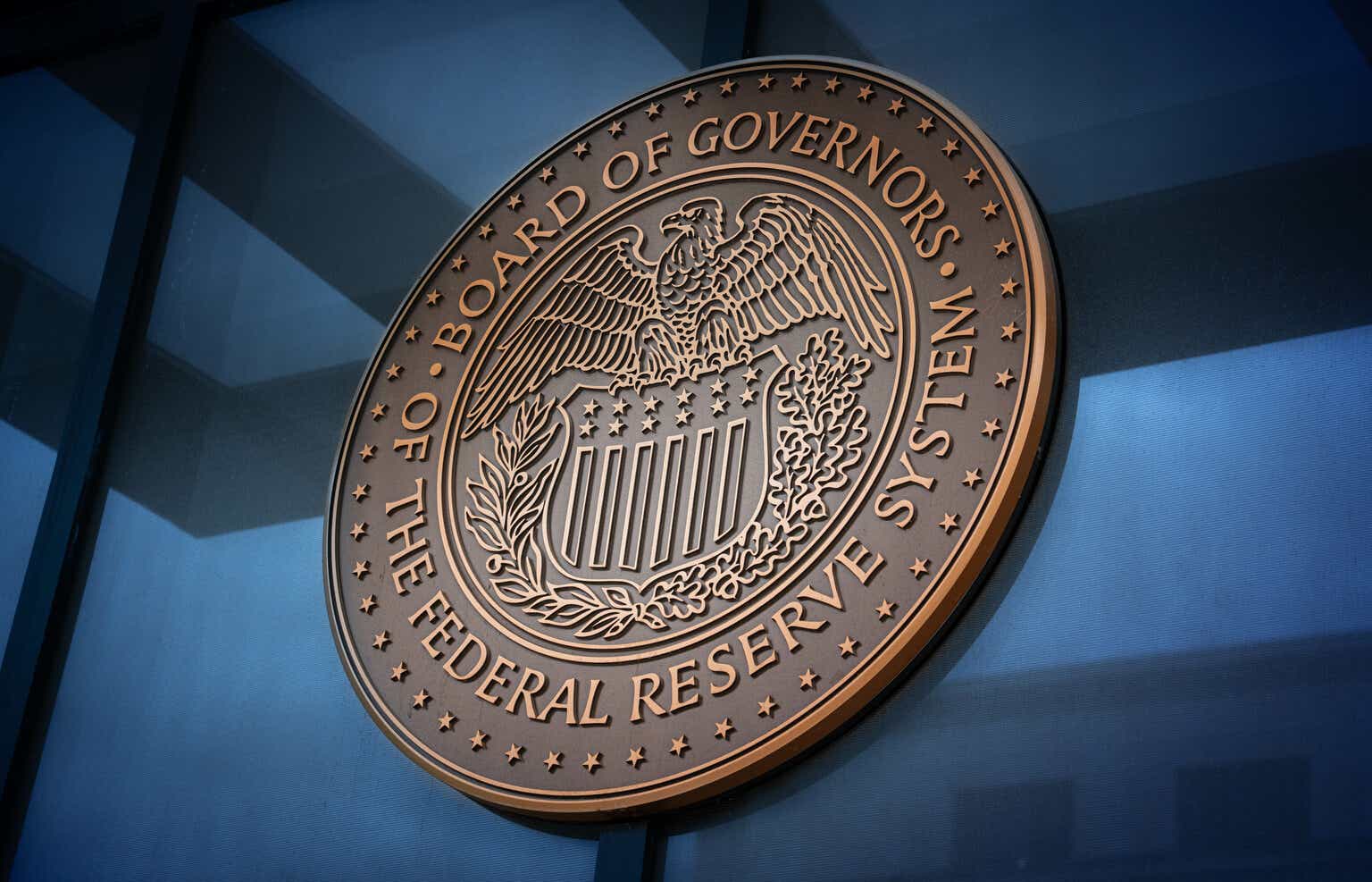By Kevin Flanagan
At last month’s FOMC meeting, the Fed hit the pause button for the first time since it began raising rates in March of last year. As a result, speculation began to intensify about what the policymaker’s next move could be or whether it would take a breather for a while and see what 500 basis points (bps) worth of rate hikes has done to the economic and inflationary setting.
Well, after hearing from Chairman Powell in the weeks following the June Fed gathering, one could be forgiven for thinking the FOMC may just be “skipping the pause” part and getting right back to rate hikes.
The question I keep coming back to is whether Powell & Co. are seriously considering raising the Fed Funds Rate as soon as this month’s policy meeting or was the Chairman just trying to send a message to the markets – the Treasury arena in particular – that yields needed to be adjusted for a higher for longer scenario and not rate cuts.
If you think about it, if it was the “messaging” option, why not just emphasize that rate cuts are off the table and not even being considered? Well, Powell essentially did say that and took it to the next level by saying two more rate hikes “may be appropriate.”
Now let’s turn our attention to last week’s developments. The Fed Chair has been consistently mentioning how the majority of policymakers see two more rate hikes this year, as evidenced by the shift in the “dot plot” at the June FOMC meeting.
In other words, the Fed’s median estimate for Fed Funds has been increased by 50 bps to 5.60% as compared to the prior projection in March. However, Powell went even further at last week’s European Central Bank forum in Sintra, Portugal, when he said he wouldn’t take consecutive rate increases off the table, presumably at the July and September Fed convocations.
So, let’s summarize: the Fed went from pausing its rate hikes in June to now potentially raising rates at each of the next two scheduled FOMC meetings. I’m sorry, but I can’t help but wonder why did the Fed even pause then?
I mean, if you’re apparently leaning in the direction of raising rates one or two more times, why not just rip the band-aid off and do it in June and go from there? From an economic/inflation data perspective, did the policymaker really think that much was going to change between meetings?
Conclusion
Needless to say, these developments only highlight our thoughts that volatility is going to remain elevated in the money and bond markets. In addition, it also underscores our point of preferring to be late rather than early to the duration party. Stay tuned. It looks like “Fed-watching” is going to be an intriguing endeavor for the second summer in a row.

Kevin Flanagan, Head of Fixed Income Strategy
As part of WisdomTree’s Investment Strategy group, Kevin serves as Head of Fixed Income Strategy. In this role, he contributes to the asset allocation team, writes fixed income-related content and travels with the sales team, conducting client-facing meetings and providing expertise on WisdomTree’s existing and future bond ETFs. In addition, Kevin works closely with the fixed income team. Prior to joining WisdomTree, Kevin spent 30 years at Morgan Stanley, where he was Managing Director and Chief Fixed Income Strategist for Wealth Management. He was responsible for tactical and strategic recommendations and created asset allocation models for fixed income securities. He was a contributor to the Morgan Stanley Wealth Management Global Investment Committee, primary author of Morgan Stanley Wealth Management’s monthly and weekly fixed income publications, and collaborated with the firm’s Research and Consulting Group Divisions to build ETF and fund manager asset allocation models. Kevin has an MBA from Pace University’s Lubin Graduate School of Business, and a B.S in Finance from Fairfield University.
Original Post
Editor’s Note: The summary bullets for this article were chosen by Seeking Alpha editors.
Read the full article here





